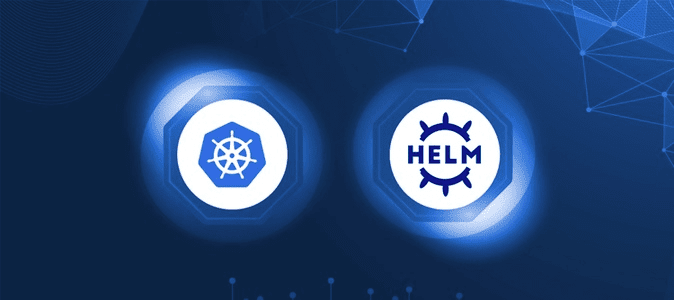What is Kubernetes Stateful Set? – A Guide to Managing Stateful Applications

In today’s increasingly digital environment, data is essential to running any enterprise. Therefore, businesses must ensure their data is secure and readily accessible. Cloud computing has enabled companies to keep their data in a central location and access it from any device at any time. However, stateful apps in the cloud present unique management challenges due to their reliance on persistent storage.
The Pros and Cons of using Kubernetes for Microservices Architecture

Kubernetes has quickly gained traction as a platform for managing microservices architectures due to its capacity to help businesses with containerised applications’ deployment, management, and scalability. Cloud Native Survey indicated that 96% of firms are either actively utilizing or investigating Kubernetes, representing a significant increase from previous surveys.
How to Use Kubernetes for Machine Learning and Data Science Workload

This piece will go into Kubernetes’s strengths and how they can be applied to data science and machine learning projects. We will discuss its fundamental principles and building blocks to help you successfully install and manage machine learning workloads on Kubernetes. More over, this article will give essential insights and practical direction on making the most of this powerful platform, whether you’re just starting with Kubernetes or trying to enhance your machine learning and data science operations.
What is the Kubernetes Federation? A Guide to Managing Multiple Clusters

Kubernetes Federation is an invaluable solution that unifies multiple Kubernetes clusters into one entity, making it simpler to deploy applications across diverse environments. With Federation, users can create a global namespace that spans across all clusters in the Federation, allowing for seamless deployment and management of resources.
A Guide to Using Helm Charts for Managing Kubernetes Applications

Kubernetes is quickly becoming the most popular platform to manage the massive scale of containerized workloads and with the right reasons. It’s versatile, flexible and comes with a broad selection of tools and features to manage containerized applications. However, managing applications that run on the top of Kubernetes can be a challenge particularly when it comes to deployment as well as scaling up workloads. This is the reason Helm Charts can help They simplify the process of deployment and let users effectively manage their apps.
Monitoring Kubernetes: Best Practices for Observability and Alerting

Kubernetes has emerged as one of the most popular container orchestration platforms, powering a vast majority of modern cloud-native applications. According to Gartner: 90% of the world’s organizations will have containerized applications in production by 2026, that is up from 40 percent in 2021.
A Beginner’s Guide to Istio: A Service Mesh for Kubernetes

In recent years, microservices have emerged as a popular approach to building modern software applications. This approach breaks down applications into smaller, independent components, each responsible for a specific task or function. However, managing the communication between these components can be challenging, especially as the number of services grows.
Kubernetes in Production: Tips and Tricks for Managing High Traffic Loads

In today’s digital world, websites and applications are expected to handle a high traffic volume, especially during peak hours or promotional campaigns. When server resources become overwhelmed, it can lead to slower response times, decreased performance, and even complete service disruptions.
How To Run Applications on Top Of Kubernetes

In our series on Kubernetes so far, we have covered an entire gamut of topics. We started with a comprehensive guide to help you get started on Kubernetes. From there, we got into the details of Kubernetes architecture and why Kubernetes remains a pivotal tool in any cloud infrastructure setup. We also covered other concepts in Kubernetes that are useful to know, namely, namespaces, workloads, and deployment. We also discussed a popular Kubernetes command, kubectl, in detail. We also covered how Kubernetes differs from another popular container orchestration tool, Docker Swarm. In this blog, we will consolidate all our learnings and discuss how to run applications on Kubernetes.
Although we covered this topic in bits, we feel this topic deserves a blog of its own.
Kubernetes Deployment: How to Run a Containerized Workload on a Cluster

In this blog, we will discuss Kubernetes deployments in detail. We will cover everything you need to know to run a containerized workload on a cluster. The smallest unit of a Kubernetes deployment is a pod. A pod is a collection of one or more containers. So the smallest deployment in Kubernetes would be a single pod with one container in it. As you would know that Kubernetes is a declarative system where you describe the system you want and let Kubernetes take action to create the desired system.





